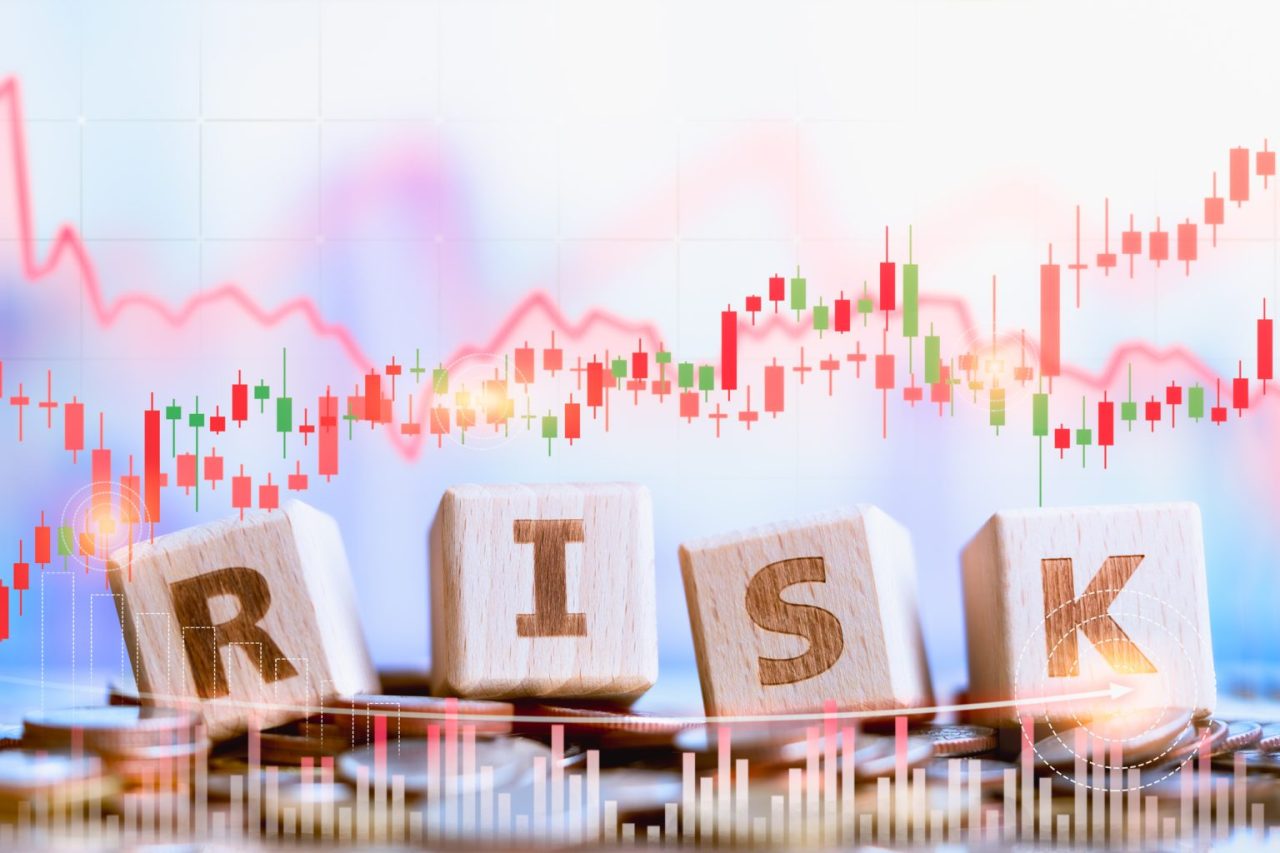
A new tool to monitor climate-related transition and physical risks in finance
Tracking climate risk in the banking sector across Europe just became easier. The European Banking Authority (EBA) has launched the ESG Dashboard, a new platform featuring key indicators to assess both transition risk and physical risk. The tool aims to improve understanding of how climate change impacts financial stability across the EU.
Transition risk: over 70% of loans tied to high-emission sectors
According to the EBA, more than 70% of loans granted by EU banks are directed to companies operating in high-emission sectors such as heavy industry, transportation, and fossil energy. This significant exposure increases transition risk – the potential for financial losses due to regulatory changes, technological shifts, or consumer preferences moving toward sustainable solutions.
While the data is aggregated, the EBA notes that there are substantial differences between individual companies. Some firms may already be advancing strong decarbonization strategies.
Physical risk: under 30% of loans in vulnerable areas
When it comes to physical risk – the damage caused by extreme weather events – less than 30% of bank loans are linked to companies or properties located in high-risk areas. However, the EBA cautions that banks use varied assessment methods, which calls for careful interpretation of these figures.
Real estate and energy efficiency: a partial buffer
The dashboard also examines real estate lending. About 50% of mortgages and property loans involve buildings with energy consumption below 200 kWh/m² per year. These more efficient buildings may help mitigate real estate-related transition risk. Still, many banks rely on estimates or incomplete data rather than certified energy performance measures.
Green Asset Ratio: alignment with EU taxonomy remains low
The Green Asset Ratio (GAR) – which indicates the percentage of financial assets aligned with the EU sustainable finance taxonomy – remains below 3% on average. This low figure reflects both the narrow definition of the metric and the ongoing transition of many economic activities toward greener models.
To provide a broader picture, the ESG Dashboard also includes complementary indicators, such as the share of taxonomy-eligible exposures and volumes of green financing calculated using alternative criteria.
A dynamic system to manage climate risk in the banking sector
This initiative is part of the EU’s broader strategy to strengthen systemic climate risk monitoring in the financial sector, in line with the Paris Agreement. The indicators, based on data from December 31, 2023, and June 30, 2024, will be updated regularly to reflect regulatory changes and improvements in ESG disclosure practices.
The ESG Dashboard aims to enhance transparency and help banks better assess their exposure to climate-related risks – both in transitioning to a low-carbon economy and in facing the physical consequences of extreme weather.
All data originates from mandatory ESG disclosures under Pillar 3, which requires banks to publicly report on environmental, social, and governance risks.